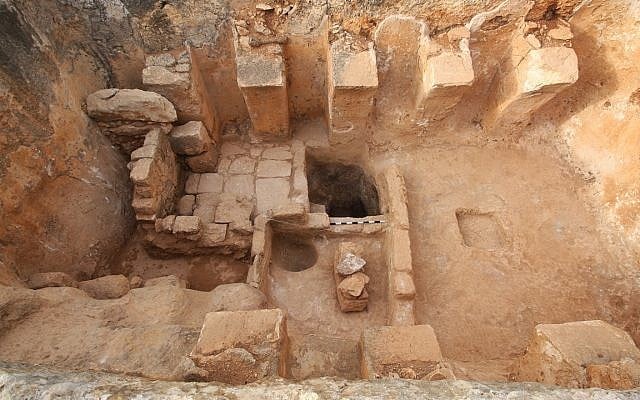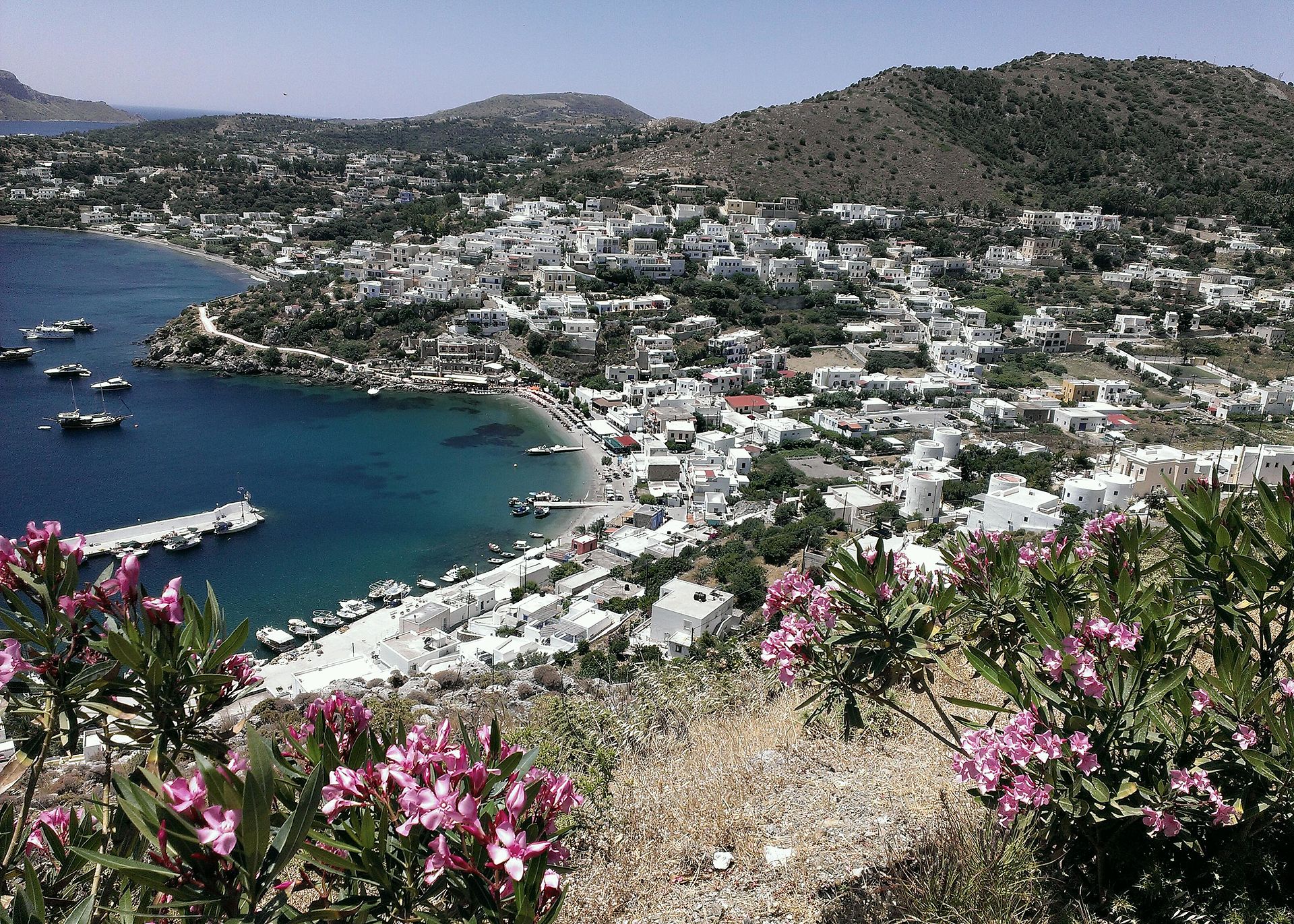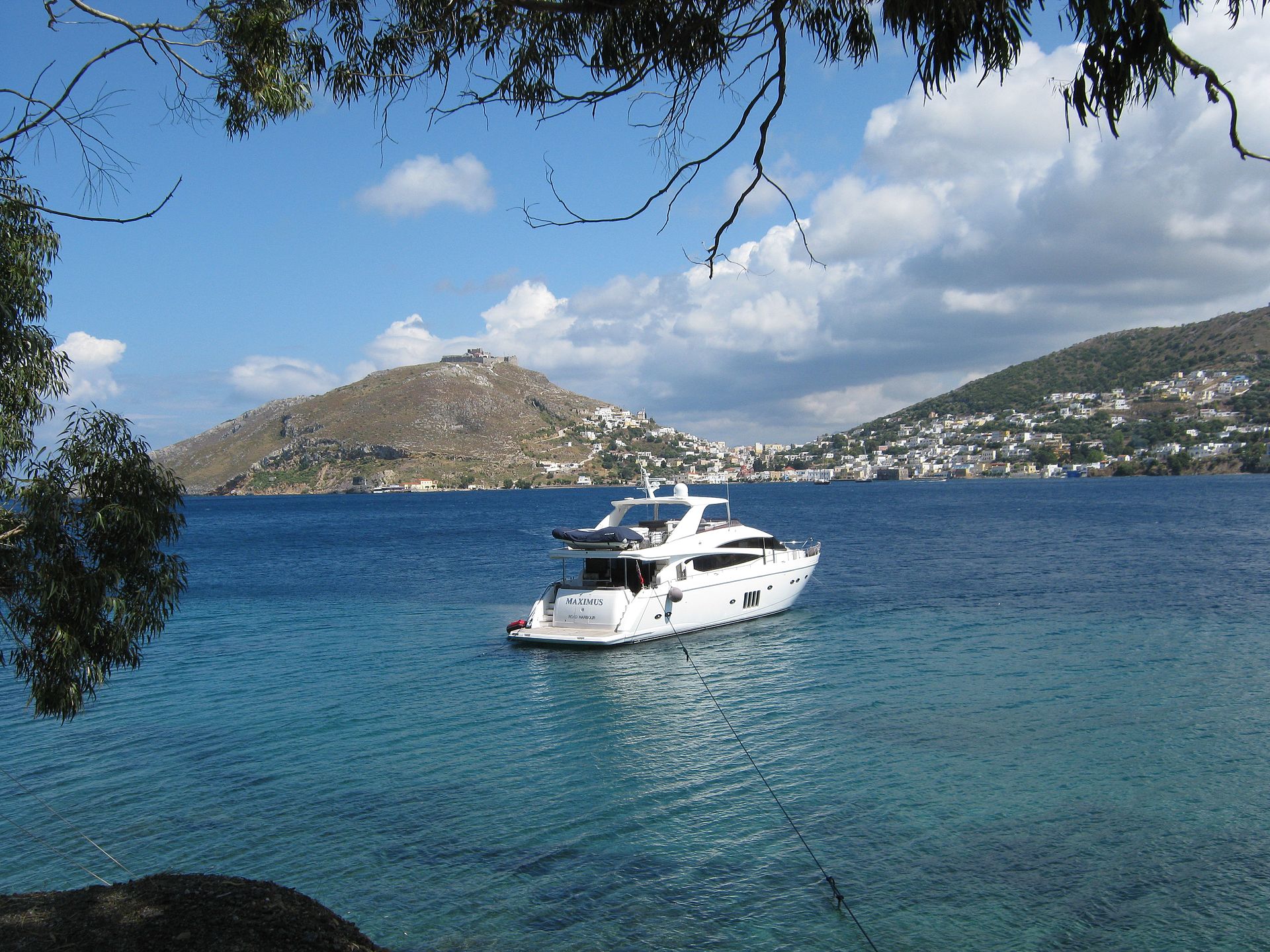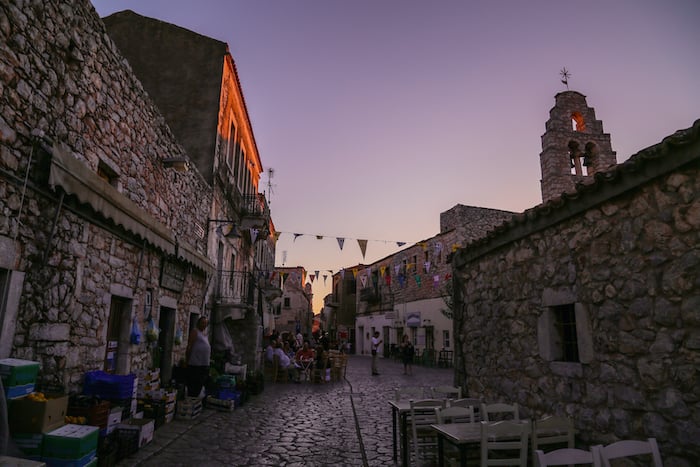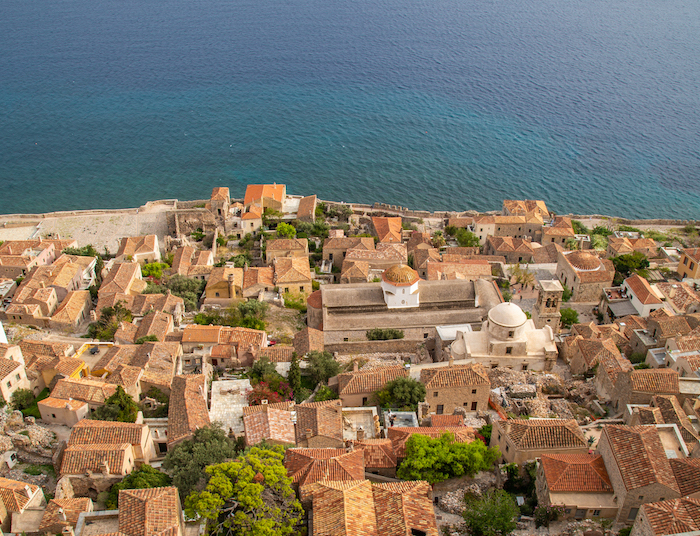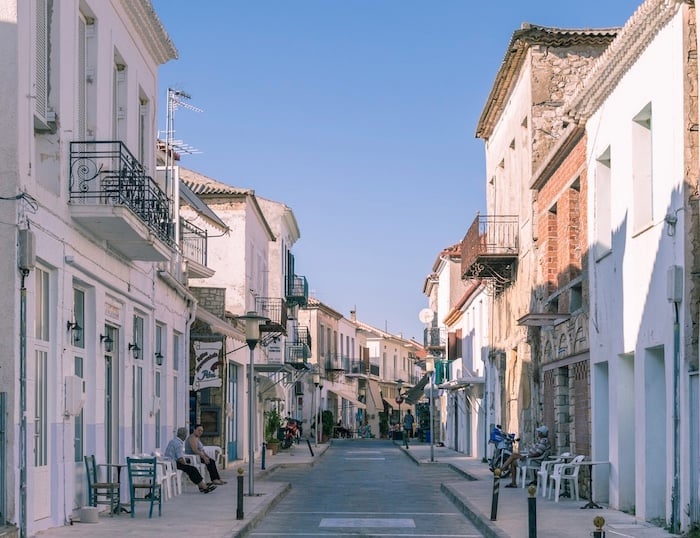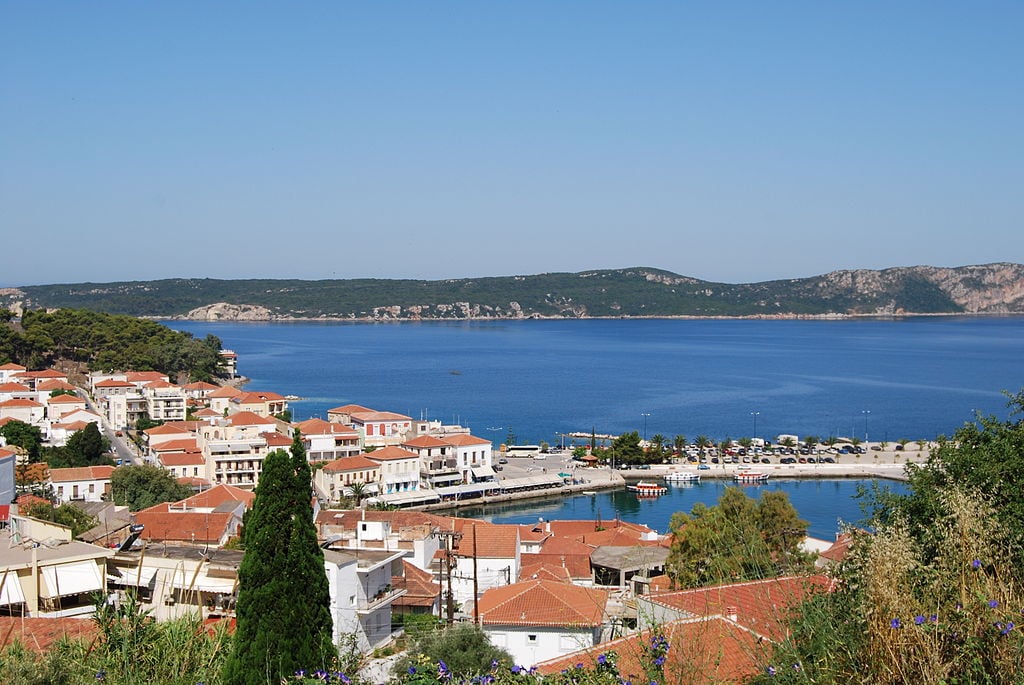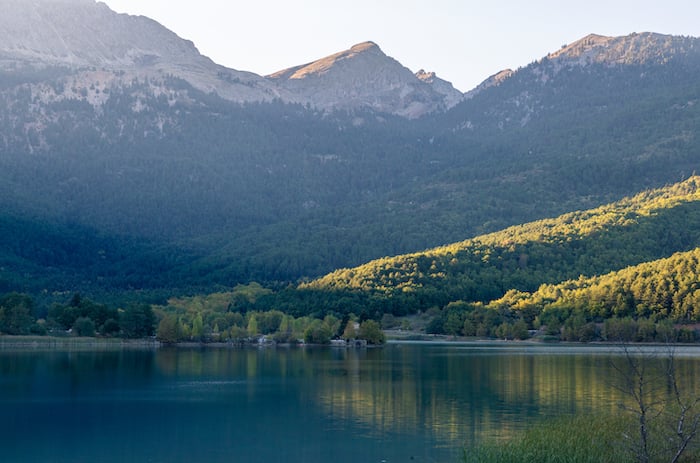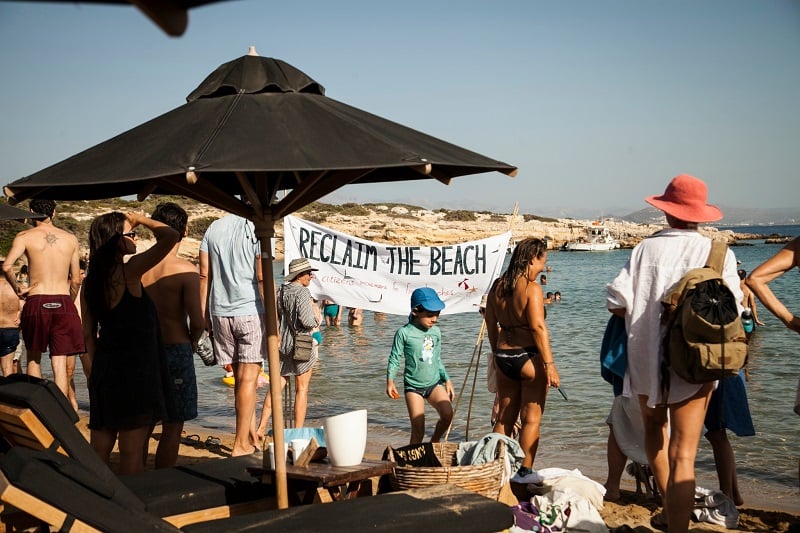
Hundreds of Greeks on the island of Paros launched the “Reclaim the beach” protest against the uncontrolled spread of privately run loungers and umbrellas on the beaches.
More than 250 residents on Paros “invaded” the popular Santa Maria beach demanding space to put down their towels.
The campaign was the first of its kind on the island – and it is only the start, according to the Paros Citizens’ Movement for Free Beaches.
The beaches of Kolymbithres and Paros Park are the next stop in the campaign, which was spearheaded by 78-year-old Christos Gerogousis, a former school principal.
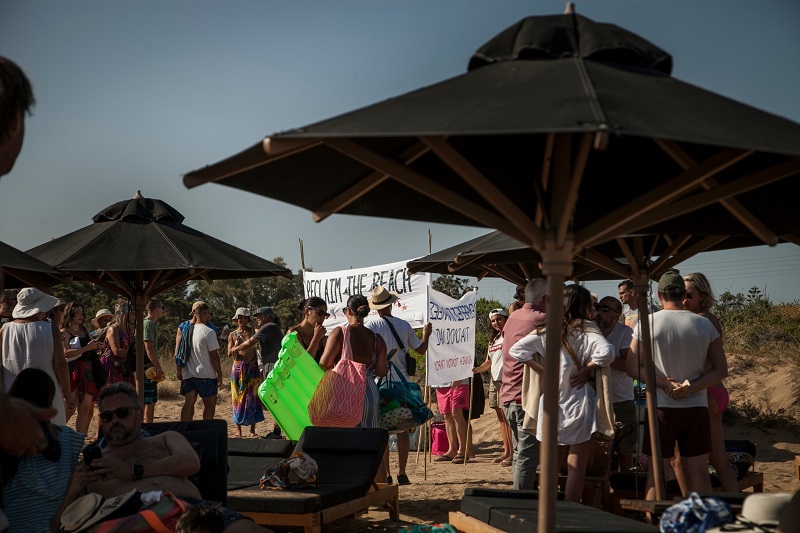
“We are united by the concern for the shrinking of public space and our displacement from the beaches of our country,” the Paros Citizens’ Movement for Free Beaches says.
“We are concerned about the lawlessness on the beaches of Paros by companies that exploit parts of the beaches and arbitrarily occupy the common space with deckchairs and umbrellas, far beyond the limits provided by the concession contracts they have signed.
“We defend the right of the citizens and visitors of our island to have free access to the beaches we love. The Greek summer is part of our soul, it is part of our identity: let’s not let anyone take it away from us,” the Movement says.
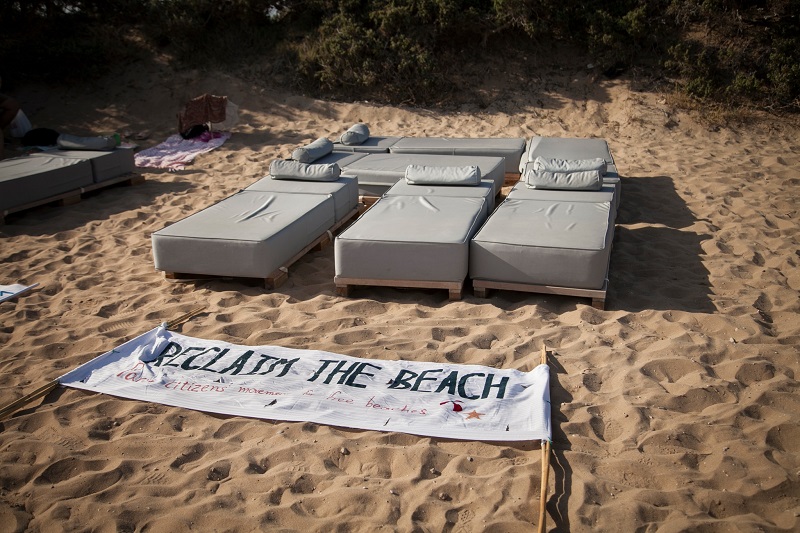
Reclaim the beach: Greek constitution guarantees free access
The Greek Constitution states clearly that the country’s shoreline is considered a public good, and Greek citizens have the right to access and use beaches any time they please.
However, no single person or company has the right to exploit a public beach or block access to any Greek citizen.
However, since the 1980s, shoreline use laws have been blatantly violated by both individuals and companies who use seaside areas solely for their own profit. It has come to the point that through the years, shoreline law violations are considered by most Greeks as actually legal.
For instance, the law says that if a hotel is built right on the beach and there is no outside access to the beach, a citizen who wants to use it has the right to walk through the hotel to get to the beach.
Although the Constitution says that Greek beaches are public property, the laws regarding coastal use are so complicated that deceitful individuals have found loopholes to circumvent them and “privatize” public beaches for their benefit alone.
The law stipulates that a business leasing beach space is required to leave 50 percent of the area unoccupied in order to allow access to those who do not wish to pay for special beach services.
The business is also required to leave a 5-meter gap between its amenities and the sea, as well as maintain a distance of 100 meters from similar seaside ventures.
At the same time, Greek legislation does not allow for the placement of sound systems or music at volumes in excess of the 50-decibel mark. Of course, that’s all a far cry from the reality at many of the country’s beaches.
The most frequent transgressions are not maintaining the required distance from the sea, occupying more beach space than permitted, as well as failing to maintain a distance of 100 meters from the next beach business.
Related: Parts of Nammos Club in Mykonos Closed Down by Greek Authorities




